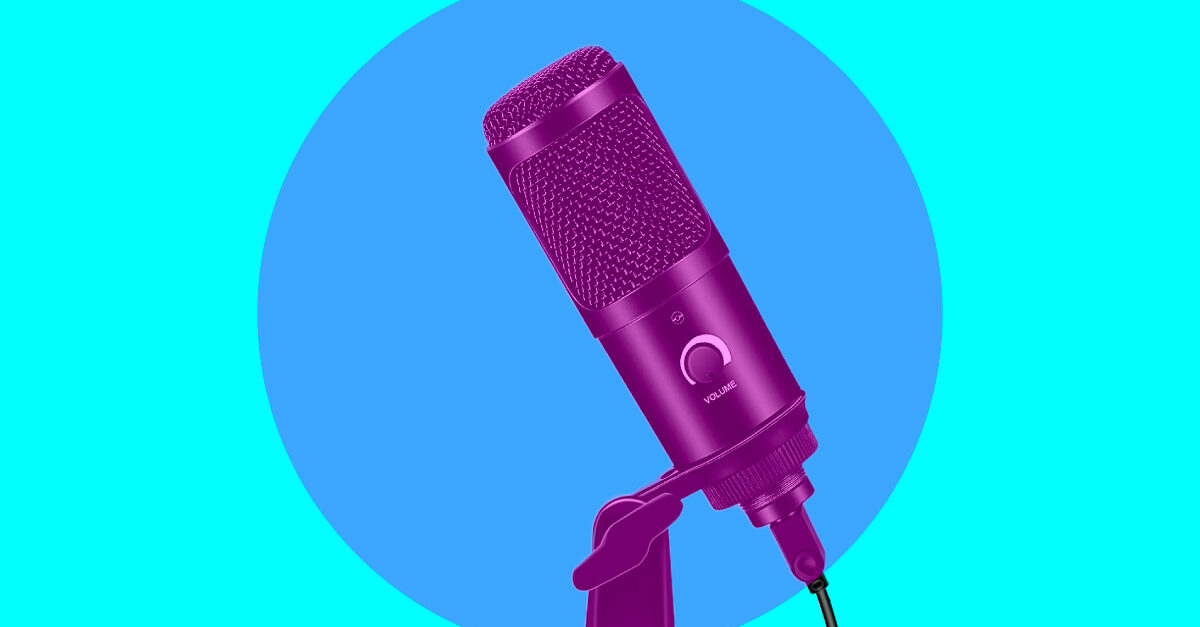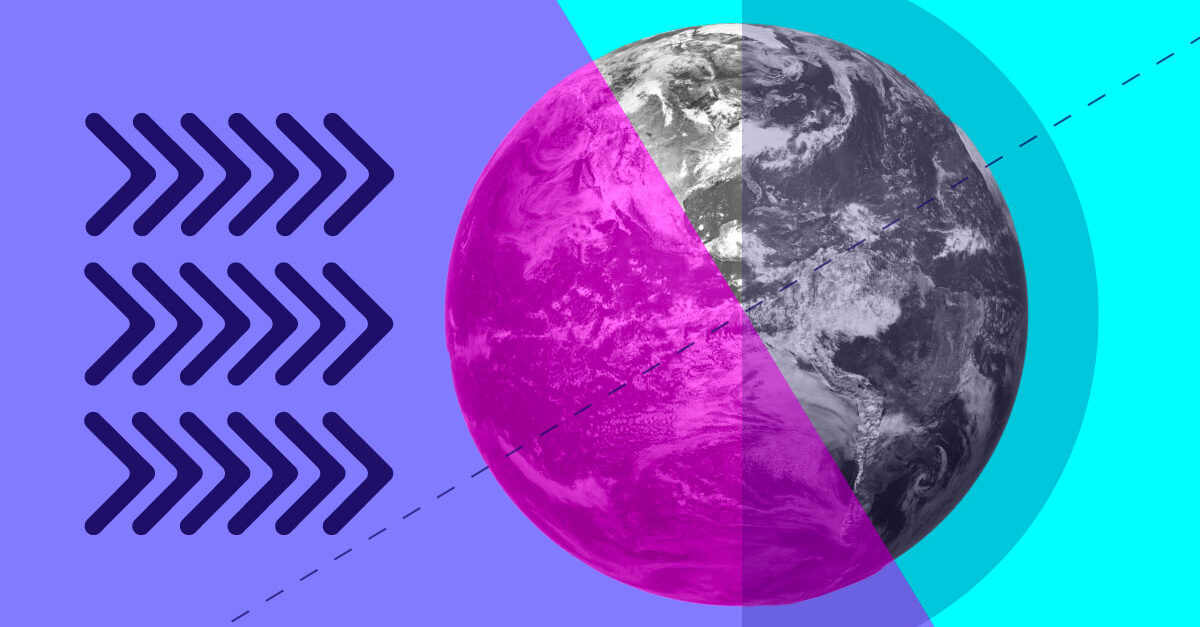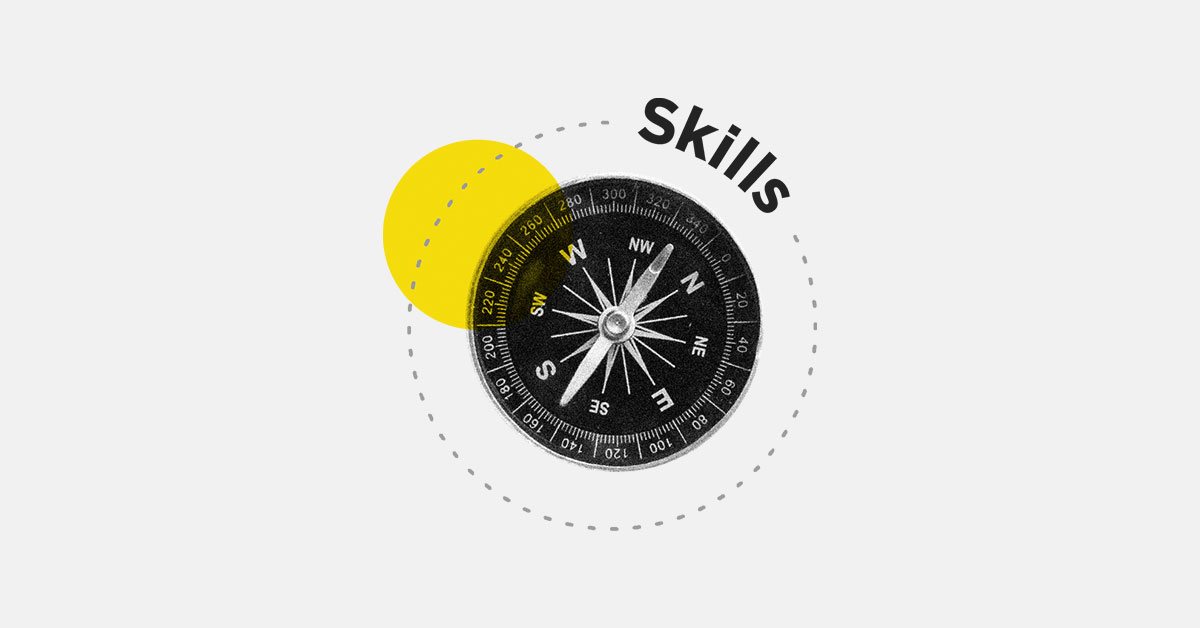(Originally published in Education for Employment magazine, June 21, 2022).
The past twelve months have been a monumental year for many Indigenous people and communities in Canada. One marked by trauma, the reopening of deep wounds, and a confrontation with the truth about more than 100 years of Canadian history.
In June of last year, the remains of 215 Indigenous children uncovered at the former site of the Kamloops Indian Residential School confirmed what many Indigenous people have been saying for decades: that the truth about residential schools is much darker than what’s written in many history books. Since then, more Indigenous communities – many working with technical teams from their local college or institute – have conducted searches of the grounds of former residential schools with similar results.
The trauma is intergenerational, ongoing, and there is still so much work to be done; but we can be sure that education will be an important part of the healing process.
Education is essential to lasting reconciliation with Indigenous communities. Seven of the Truth and Reconciliation Commission’s 94 Calls to Action relate directly to education, including eliminating educational and employment gaps between Indigenous and non-Indigenous Canadians, increasing available funding, and developing culturally appropriate and relevant programming.
But education isn’t just about improving labour-market outcomes, it’s also deeply connected to cultural preservation. In fact, seven CICan members are designated Indigenous institutions, meaning that they exclusively deliver culturally-relevant programs tailored to the needs of Indigenous learners and communities as a means of preserving and strengthening Indigenous cultures.
For example, Kenjgewin Teg in Ontario means “a place of knowledge” in Ojibwe and the institute includes Indigenous knowledge in all its educational programming and relationships with the community. Each learner works with staff to develop a unique learning plan and identify goals. Teaching includes lessons about obtaining sustenance from the land, using Indigenous games as teaching tools, and helping students broaden their cultural perspectives and ways of knowing.
In British Columbia, Nicola Valley Institute of Technology is grounded in Indigenous culture, traditions, and knowledge; and inspires learners to strengthen their communities. NVIT’s unique Elder Council also guides the institution, its staff and faculty, and supports the spiritual, mental, and emotional well-being of students through higher education.
The Saskatchewan Indian Institute of Technologies is made up of more than 90% Indigenous students and 70% Indigenous staff. The institute is responsive to the needs of learners and recently launched a curriculum renewal project to support innovation, ensure programs reflect current labour-market needs, and position graduates for success.
More broadly, over 95% of all Canadians and more than 86% of Indigenous people live within 50 km of a college or institute location; and these institutions across the country offer over 300 credential programs tailored to the needs of Indigenous learners and communities. Colleges and institutes are also the primary access point to post-secondary education for First Nations, Inuit, and Métis learners, and are deeply engaged in advancing reconciliation and empowering communities. Even non-Indigenous institutions take this commitment to heart, as do we.
This year, CICan is also celebrating 50 years as a national association. In doing so, we’re looking back at our history over five decades. Indigenous education has been one of our top priorities for many years.
For example, did you know that in 1993, CICan (formerly the Association of Canadian Community Colleges) submitted its first position paper to the Royal Commission of Aboriginal Peoples? And in 2006, we hosted our very first Indigenous Education Symposium bringing together Elders, Chiefs, Council Members, industry partners, and government representatives to discuss the unique needs of Indigenous learners. Since then, we’ve held a total of 11 symposia on the subject!
Since 2014, we’ve used our Indigenous Education Protocol as a framework to improve educational outcomes for Indigenous learners and help institutions support Indigenous students. It’s not just about programs, but also governance structures, mutual understanding, and accountability. To date, 67 institutions have signed the Protocol.
If we’ve learned anything in recent times, it’s that the future is unpredictable. Still, we know that a sustainable future is only possible if all learners have access to quality education. Education is as important to finding goods jobs and growing Canada’s economy as it is to cultural preservation. That means Indigenous education is essential to making Canada future-proof.









